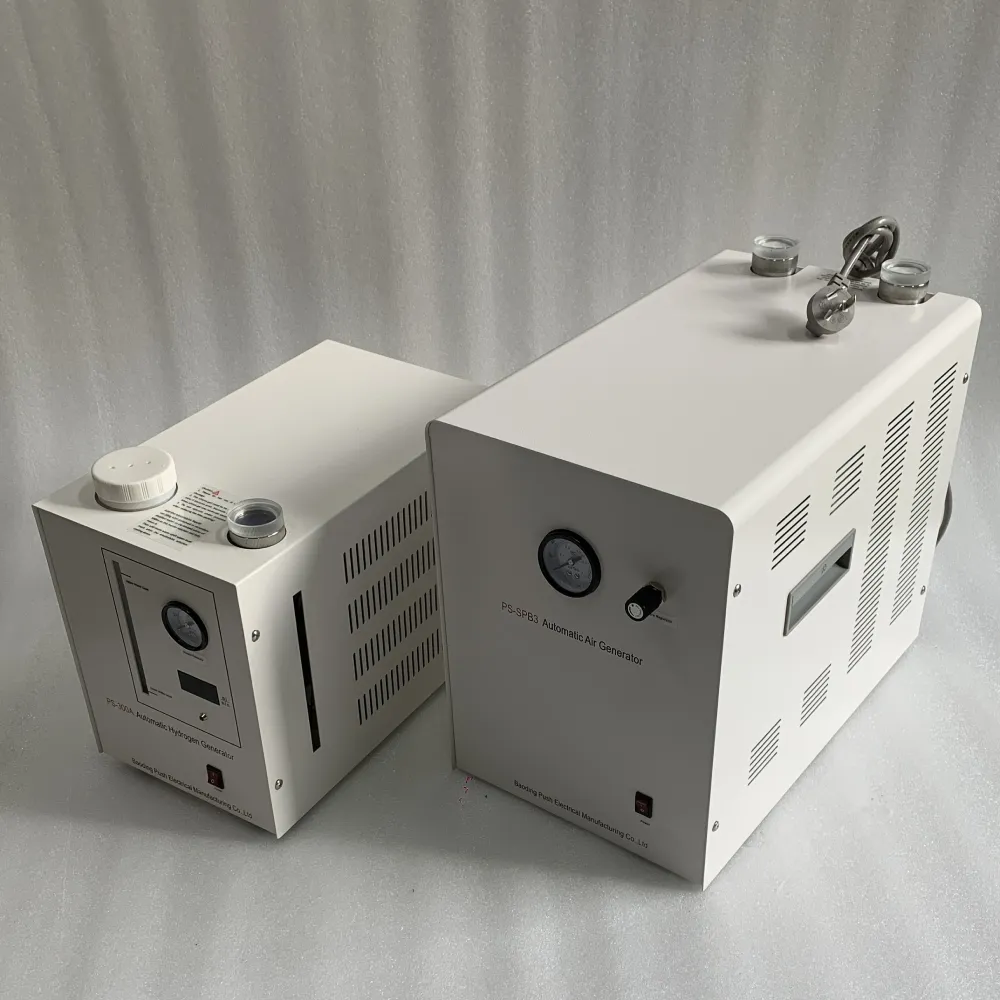 English
English



-
 Afrikaans
Afrikaans -
 Albanian
Albanian -
 Amharic
Amharic -
 Arabic
Arabic -
 Armenian
Armenian -
 Azerbaijani
Azerbaijani -
 Basque
Basque -
 Belarusian
Belarusian -
 Bengali
Bengali -
 Bosnian
Bosnian -
 Bulgarian
Bulgarian -
 Catalan
Catalan -
 Cebuano
Cebuano -
 China
China -
 China (Taiwan)
China (Taiwan) -
 Corsican
Corsican -
 Croatian
Croatian -
 Czech
Czech -
 Danish
Danish -
 Dutch
Dutch -
 English
English -
 Esperanto
Esperanto -
 Estonian
Estonian -
 Finnish
Finnish -
 French
French -
 Frisian
Frisian -
 Galician
Galician -
 Georgian
Georgian -
 German
German -
 Greek
Greek -
 Gujarati
Gujarati -
 Haitian Creole
Haitian Creole -
 hausa
hausa -
 hawaiian
hawaiian -
 Hebrew
Hebrew -
 Hindi
Hindi -
 Miao
Miao -
 Hungarian
Hungarian -
 Icelandic
Icelandic -
 igbo
igbo -
 Indonesian
Indonesian -
 irish
irish -
 Italian
Italian -
 Japanese
Japanese -
 Javanese
Javanese -
 Kannada
Kannada -
 kazakh
kazakh -
 Khmer
Khmer -
 Rwandese
Rwandese -
 Korean
Korean -
 Kurdish
Kurdish -
 Kyrgyz
Kyrgyz -
 Lao
Lao -
 Latin
Latin -
 Latvian
Latvian -
 Lithuanian
Lithuanian -
 Luxembourgish
Luxembourgish -
 Macedonian
Macedonian -
 Malgashi
Malgashi -
 Malay
Malay -
 Malayalam
Malayalam -
 Maltese
Maltese -
 Maori
Maori -
 Marathi
Marathi -
 Mongolian
Mongolian -
 Myanmar
Myanmar -
 Nepali
Nepali -
 Norwegian
Norwegian -
 Norwegian
Norwegian -
 Occitan
Occitan -
 Pashto
Pashto -
 Persian
Persian -
 Polish
Polish -
 Portuguese
Portuguese -
 Punjabi
Punjabi -
 Romanian
Romanian -
 Russian
Russian -
 Samoan
Samoan -
 Scottish Gaelic
Scottish Gaelic -
 Serbian
Serbian -
 Sesotho
Sesotho -
 Shona
Shona -
 Sindhi
Sindhi -
 Sinhala
Sinhala -
 Slovak
Slovak -
 Slovenian
Slovenian -
 Somali
Somali -
 Spanish
Spanish -
 Sundanese
Sundanese -
 Swahili
Swahili -
 Swedish
Swedish -
 Tagalog
Tagalog -
 Tajik
Tajik -
 Tamil
Tamil -
 Tatar
Tatar -
 Telugu
Telugu -
 Thai
Thai -
 Turkish
Turkish -
 Turkmen
Turkmen -
 Ukrainian
Ukrainian -
 Urdu
Urdu -
 Uighur
Uighur -
 Uzbek
Uzbek -
 Vietnamese
Vietnamese -
 Welsh
Welsh -
 Bantu
Bantu -
 Yiddish
Yiddish -
 Yoruba
Yoruba -
 Zulu
Zulu
pi test of transformer
Understanding the PI Test of Transformers
Transformers are critical components in electrical power systems, responsible for voltage conversion and ensuring efficient power distribution. Over time, these machines can develop insulation weaknesses due to aging, moisture ingress, and thermal stress. One of the essential tests performed to evaluate the insulation condition of transformers is the Power Factor (PI) Test, commonly referred to as the PI Test.
What is the PI Test?
The PI Test is designed to assess the insulation quality of transformer windings, particularly in relation to moisture and material degradation. It measures the power factor (PF) and insulation resistance (IR) of the transformer’s windings at a specified voltage, typically using an AC voltage source. By calculating the power factor, engineers can infer the condition of the insulation materials, which degrade over time due to various factors, including dielectric losses resulting from contamination and aging.
The Test Procedure
The PI Test involves two key measurements the insulation resistance (IR) and the power factor (PF)
. The procedure usually follows these steps1. Preparation Disconnect the transformer from the electrical supply to prevent any damage or hazards during testing. Ensure that all connections are secure and that safety protocols are in place.
2. Measurement of Insulation Resistance Initially, the insulation resistance is measured using a megohmmeter. This provides a first glance at the overall health of the insulation system. A high resistance value indicates good insulation, while a lower value may suggest possible issues.
pi test of transformer

3. Power Factor Measurement After assessing the IR, the power factor is measured at higher voltage levels typically between 1000V to 5000V. A test voltage is applied, and the power factor angle is calculated by comparing the real power to the apparent power in the insulation system.
4. Calculating the PI Value The test calculates the Polarization Index (PI), which is the ratio of the insulation resistance measured at 10 minutes to the insulation resistance measured at 1 minute (PI = IR10min / IR1min). A PI value greater than 1.0 generally indicates that the insulation is in good condition, whereas a value of 1.0 or less suggests possible problems.
Interpreting Results
The interpretation of the PI Test results is crucial for maintenance decision-making. A PI value higher than 2.0 is preferred, signaling healthy insulation. Values between 1.0 and 2.0 require further evaluation; they may indicate moisture presence or initial insulation breakdown. Values below 1.0 warrant urgent attention, as they could point to severe insulation degradation, requiring immediate action like repairs or replacements.
Benefits of the PI Test
The PI Test is invaluable for several reasons. It helps utilities and facility managers make informed decisions about transformer maintenance and operations. By identifying potential insulation problems early on, the test can ultimately prevent sudden failures, reducing downtime, financial losses, and safety hazards. It also facilitates planned maintenance schedules and can lead to improved transformer longevity.
Conclusion
In summary, the PI Test is a critical diagnostic tool for assessing the insulation health of transformers. By providing valuable insights into insulation resistance and power factor, it supports proactive maintenance strategies, helping to ensure reliable power distribution. Regular testing and monitoring using the PI Test contribute to enhancing the overall efficiency and safety of electrical systems, establishing it as an essential practice in electrical maintenance and engineering. As technology continues to evolve, the PI Test remains a fundamental aspect of transformer reliability assessments in electrical infrastructures.
-
Ensuring Transformer Reliability with High-Precision Turns Ratio TestingNewsJul.18,2025
-
Ensuring SF₆ Gas Safety: Introducing PUSH’s Integrated SF₆ Analyzer for Dew Point, Purity, and Decomposition MonitoringNewsJul.10,2025
-
Exploring the Main Types of Industrial Endoscopes and Their Applications Across IndustriesNewsJul.04,2025
-
Testing Equipment Industry Sees Major Advancements in 2025: Smart & Precision Technologies Lead the WayNewsJun.06,2025
-
Applications of Direct Current Generators in Renewable Energy SystemsNewsJun.05,2025
-
Hipot Tester Calibration and Accuracy GuidelinesNewsJun.05,2025



